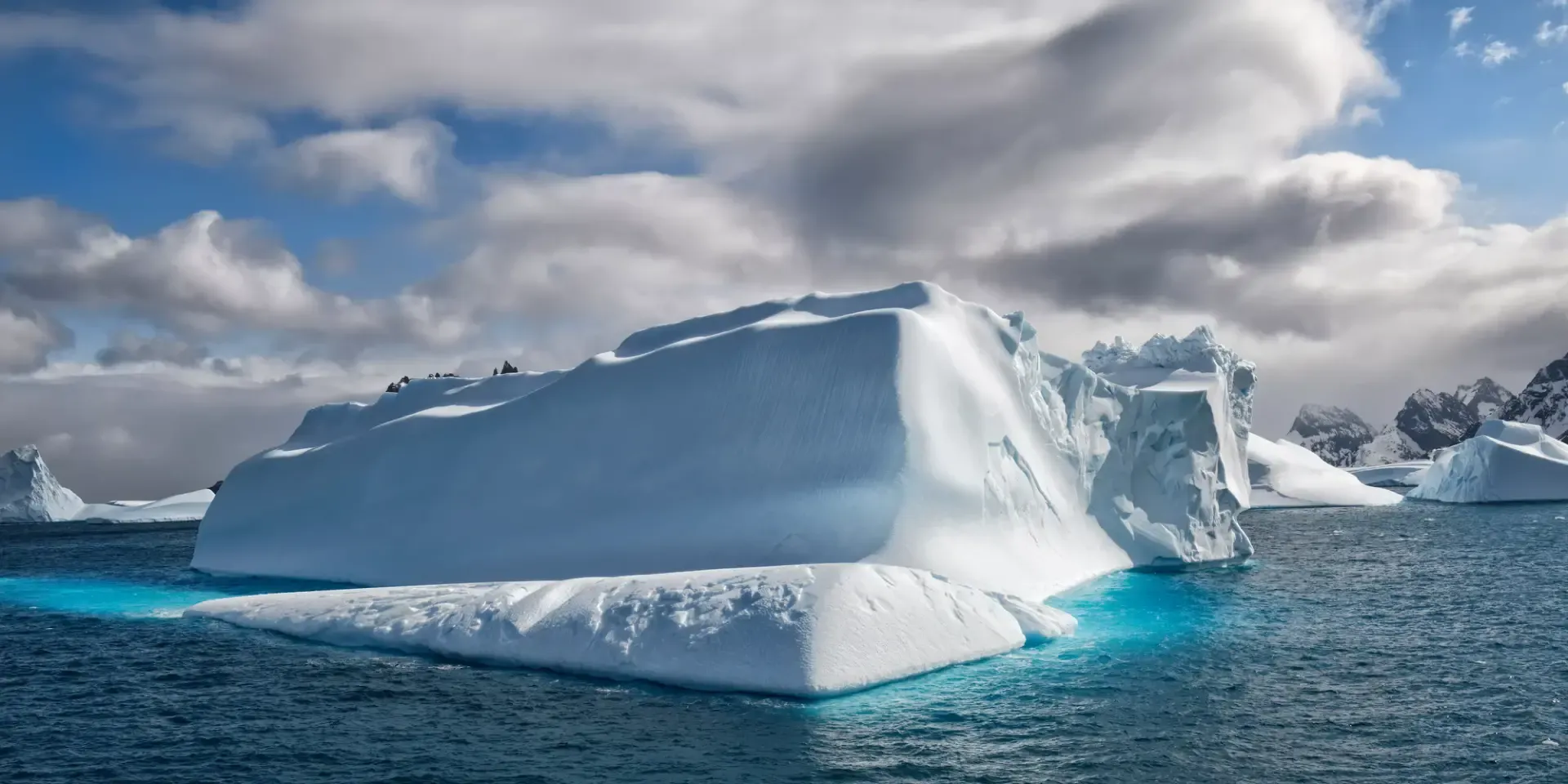What You Need to Know Before Your First Antarctica Cruise
Exploring Antarctica is like travelling to another world. The most remote continent on earth, it’s a good idea to arrive properly equipped. Not only will you be days away from civilisation, but you will also want this extraordinary experience to be as uninterrupted and rewarding as possible. Although nothing can quite prepare you for the real thing, having a good grasp of what to expect should stand you in good stead for making the most of this lifetime adventure.
Wildlife
During the summer months, November to February, the Antarctic Peninsula teems with Gentoo, Adélie and chinstrap penguins. On nearby South Georgia, king penguins dominate the horizon alongside their shore-mates, Atlantic fur seals and elephant seals. Summer is also when humpback whales from the tropics arrive to feed, usually with their new-born calves. The wildlife here is truly spectacular and is also under very special protection.
The International Association of Antarctica Tour Operators (IAATO) regulates tourism in the area. This means that anyone travelling to Antarctica, South Georgia or the Falkland Islands must abide by strict biosecurity guidelines. This prevents the spread of non-native species and pathogens. Measures include inspection of clothing and gear, and decontamination after each landing. Also, no food items or drinks can be taken ashore.
When to arrive
It’s not possible to cruise to Antarctica in the winter as the ice is too thick. Expedition cruising begins mid-late November and continues through until early March. The beginning of the season is best for dramatic icy vistas and calving glaciers. Penguin chicks tend to hatch later in the season whilst whales usually visit the area in February and March.
The Drake Passage
This notoriously rough body of water stretches the 1,000km between Cape Horn and the South Shetland Islands and must be crossed to reach Antarctica. It’s said that the passage has two moods, the ‘Drake Shake’ or the ‘Drake Lake’, with the former being the most prevalent. Many passengers succumb to seasickness here, so it’s a good idea to bring some medication if you are particularly prone. Often travellers regard the Drake Passage voyage as a rite of passage on their Antarctic journey
Packing
When choosing what to pack, layers are key. The average temperature in Antarctica during the summer months is zero degrees Celsius. When the sun comes out on an activity day, it can feel quite warm. You will also need durable pull-on boots that will keep you dry and stable on Zodiac landings in shallow water.
You should include at least two sets of base, insulating, and outer layers. A warm hat that covers your ears, sunglasses to protect your eyes from the snow glare, weather-proof gloves and a neck snood are also recommended. Sunscreen and lip balm with UV protection are advised.
You may also want to bring a waterproof backpack and collapsible trekking pole for extra stability in the snow.
Passports and visas
For passport and visa information, please see our article on this topic.
